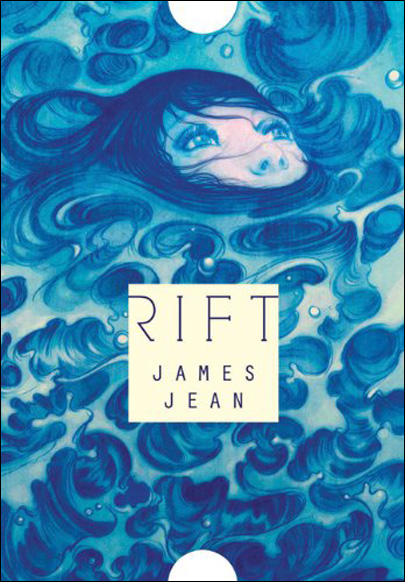| Quote: |
| So basically, you’ve been wasting my time with nine different costume fittings. Was all this a dodge to watch me undress so often? |

This is volume 16 of the popular Vertigo series and collects issues 101 – 107. As usual it was written by Bill Willingham and the main story was pencilled by Mark Buckingham. The inking on the main story was done mainly by Steve Leialoha with Andrew Pepoy lending a hand on a few pages. The main story is preceded by a fill-in tale with art by Eric Shanower and Richard Friend and followed by another filler story with art by the great Terry Moore.
The main five part story concerns the Fables latest attempt to rid themselves of Mister Dark. With Bellflower’s scheme to contain Mister Dark failing, the Fables are forced to leave the farm and retreat to Flycatcher’s kingdom of Haven. But Mister Dark is on their tails and there is nowhere else to run. While Flycatcher maintains the wards that are holding Mister Dark at bay, Pinocchio convinces the current leader of the witches, Ozma, to create a super powered group to battle the all-powerful enemy in a scenario inspired by his love of comic books. Ozma agrees and with Pinocchio sets about pulling together the members for an archetypal super group that can hope to gain power from the modern myths of the superhero. But as the group is drawn together another champion steps forth from an unlikely quarter.
The first filler story concerns Bufkin and the aftermath of his battle with Baba Yaga in the business office.Now that the business office is safe he is convinced to go on more heroic quests so that he can become king of the business office. This story sees him escape the office and enlist in a new cause. The second story concerns sleeping beauty and a general who is trying to wake her so that he can access the Emperor’s former administration and sorcerers to forge a new empire. But little does he know that there are rival forces around who will go to any lengths to stop his scheme.
This story sees the resolution of the Mister Dark story line and the death of major character. Despite the cover of the book bringing to mind Superman, the main story is a homage to Marvel comics and Jack Kirby with the design of the characters recalling some classic Marvel characters and the art very reminiscent of Kirby’s work – it seems that it is not just DC characters who wish they were Marvel superheroes. The future is going to be interesting for Bigby and Snow in the aftermath of this story line. Also the return to Fabletown may not go quite as smoothly as everyone thinks with the poisonous nurse Sprat still looking for revenge. The Terry Moore story looks like a set up for Fairest with some of the images resembling some of that new spin-off series. It will be interesting to see if nurse Sprat ends up remaining in the main book or the new one given her new-found status courtesy of Mister Dark.









 Currently: Listening to BBC Radio Scotland ]
Currently: Listening to BBC Radio Scotland ]
